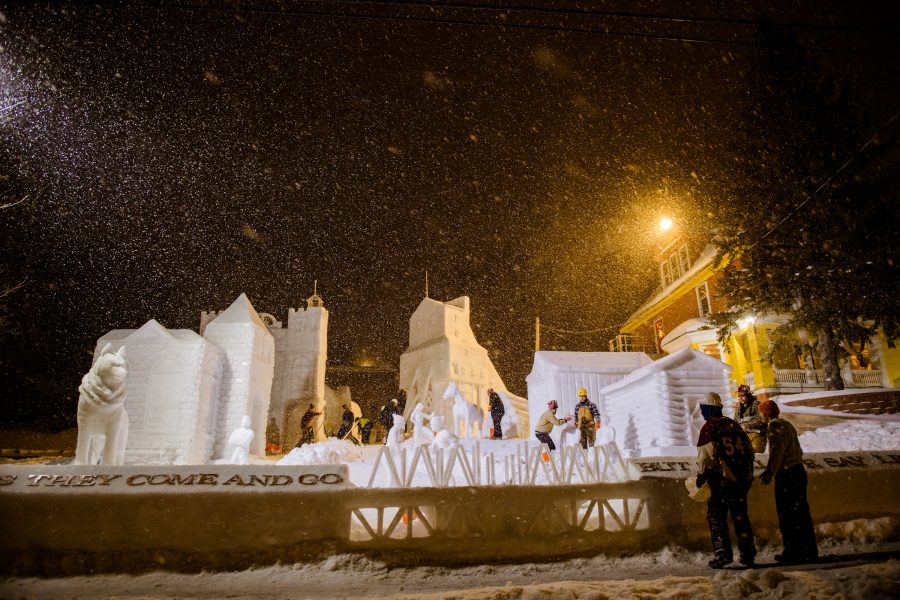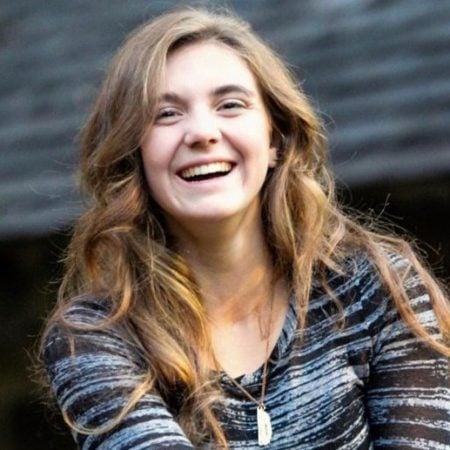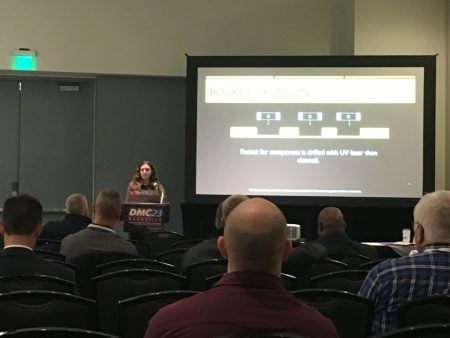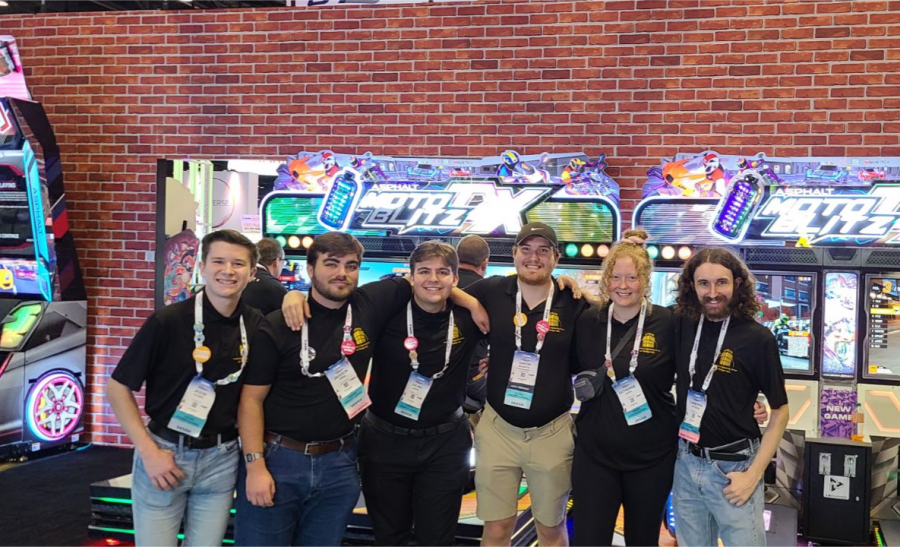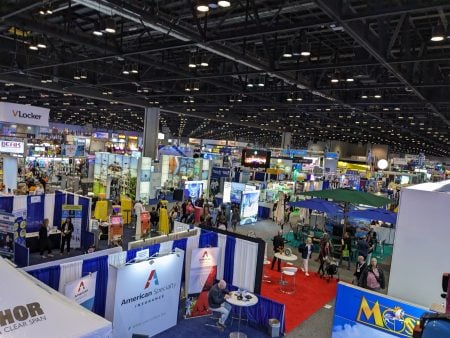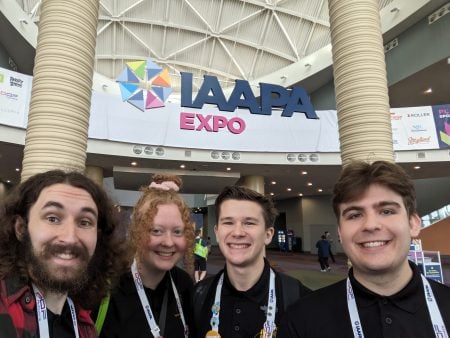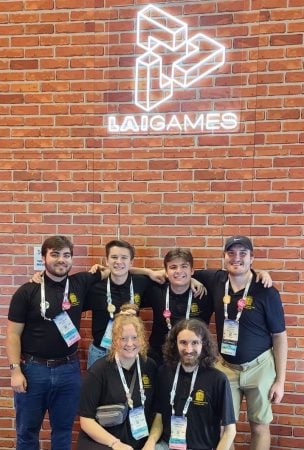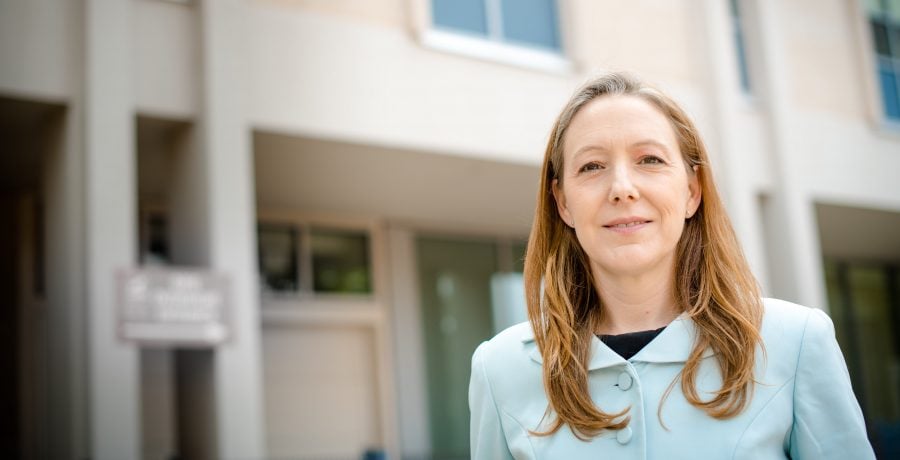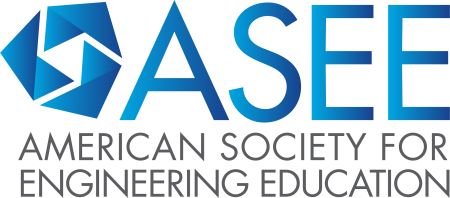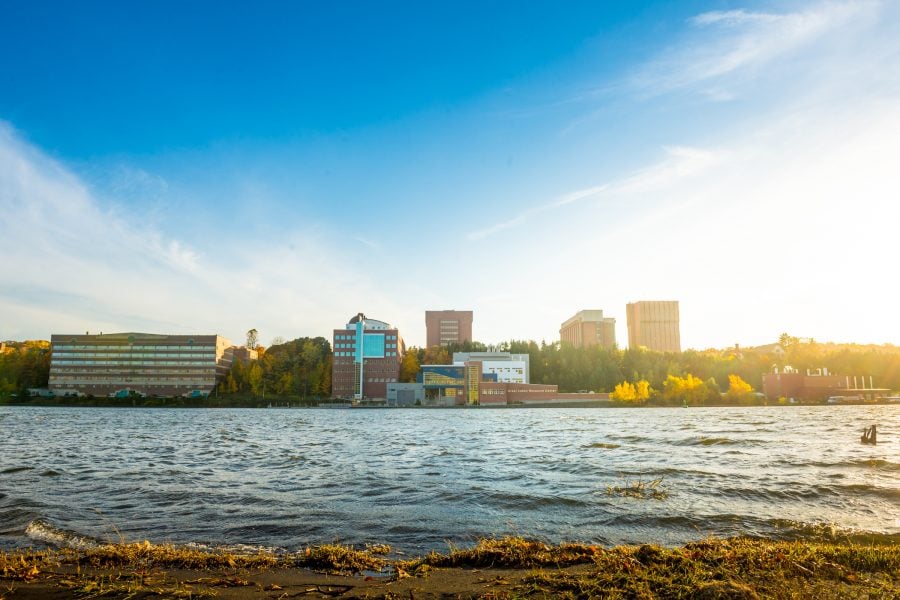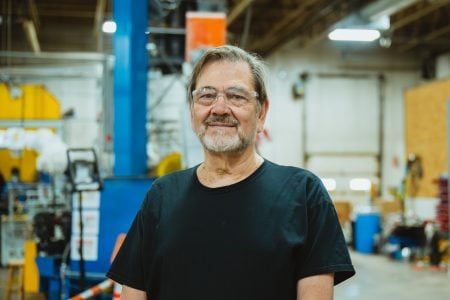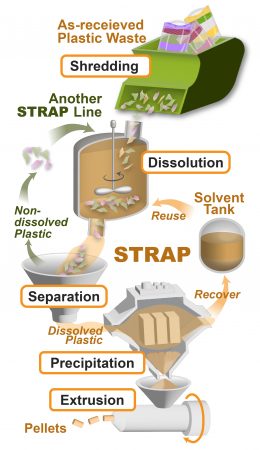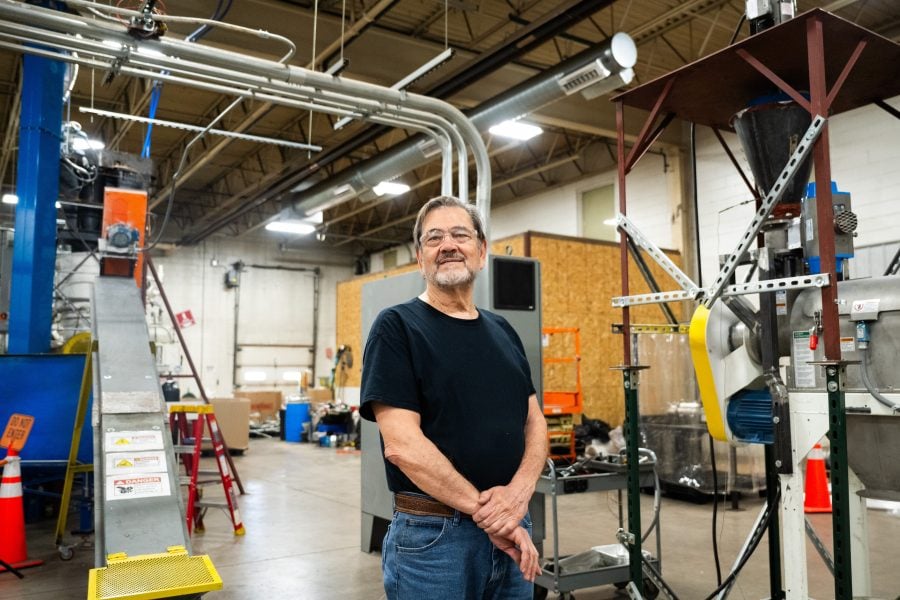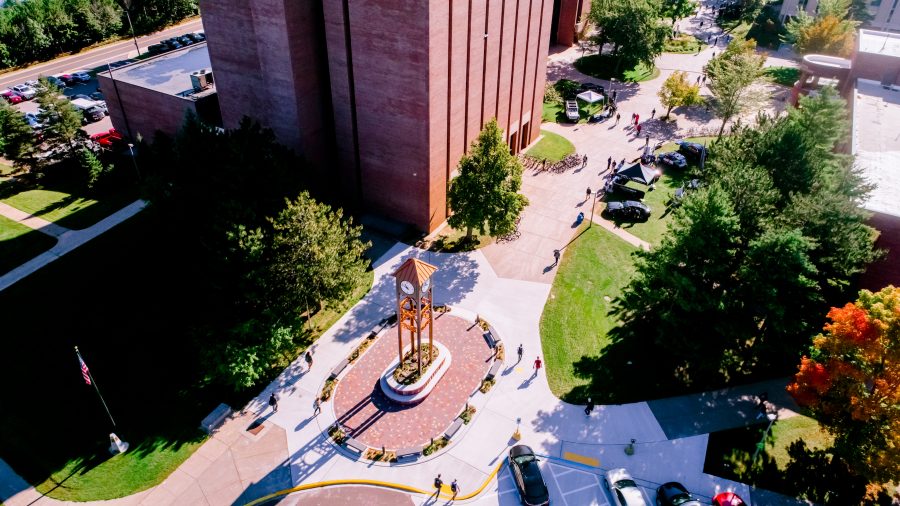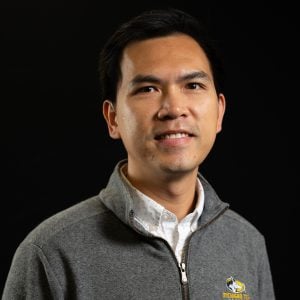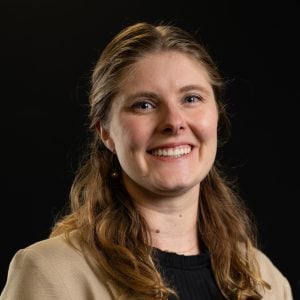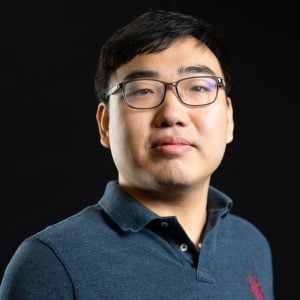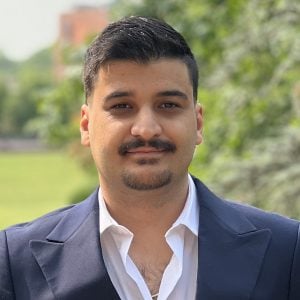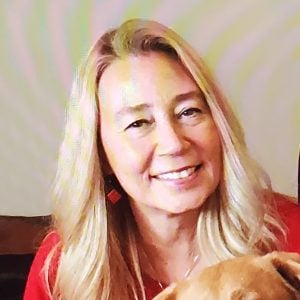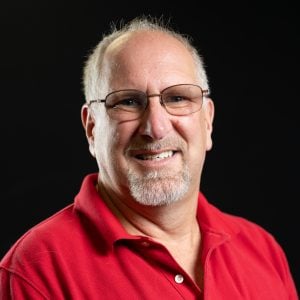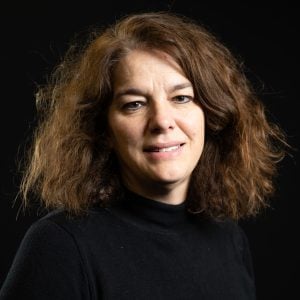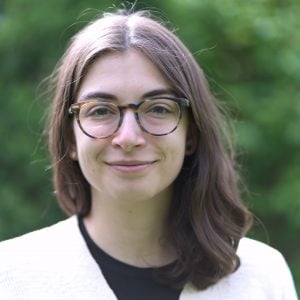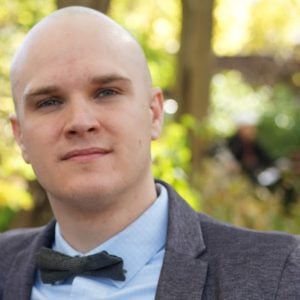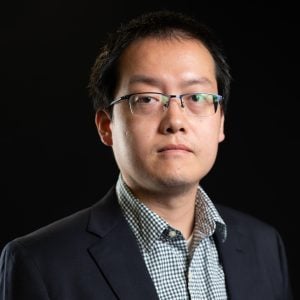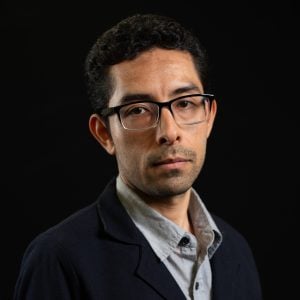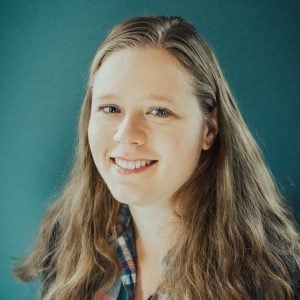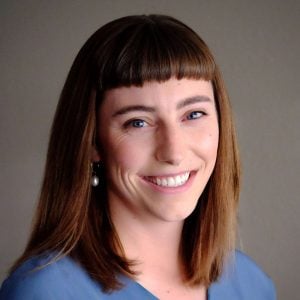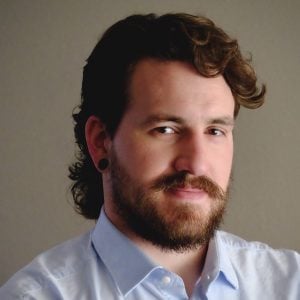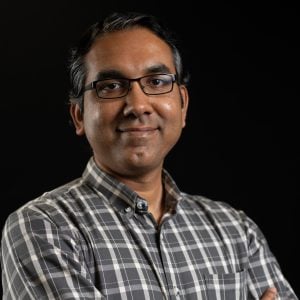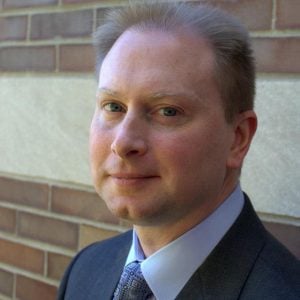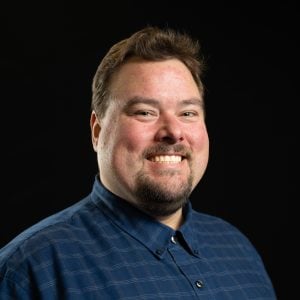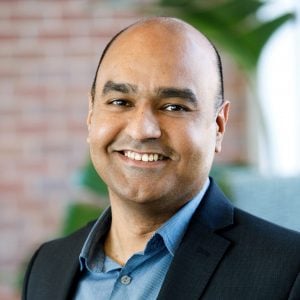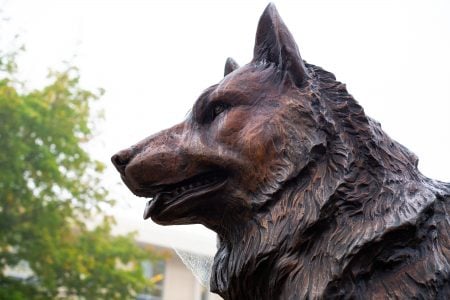
Undergraduate students in any college across campus are encouraged to register for Michigan Tech’s Design Expo, coming up on Tuesday, April 16, 2024.
The annual event showcases the breadth and depth of undergraduate innovation at Tech, with more than 100 Enterprise, Senior Design, and Capstone student projects on display. Teams compete for cash awards, and a panel of distinguished judges critique the projects and determine award winners.
This year’s Design Expo will take place from 10 a.m. to 2 p.m. in two campus locations, the Van Pelt and Opie Library first floor and the Memorial Union Building Ballroom. A reception and awards ceremony will follow from 2:30 to 4:30 p.m. in the Rozsa Center for the Performing Arts. All Design Expo events are free and open to the public.
Student Teams: Register Your Project Now for Design Expo
Registration is open now through March 8. Full information is located on the Design Expo student registration webpage. We encourage teams to register as soon as possible.
Volunteers: Sign Up to Judge at Design Expo
Interested in supporting our students as they engage in hands-on, discovery-based learning? Consider serving as a Distinguished Judge at this year’s Design Expo! Learn more and sign up here.
Give your Presentation a Boost with Design Expo Workshops
Prepare for Design Expo and other term-end presentations the right way—with peer support, pizza, and help from dedicated Van Pelt and Opie library and university staff!
Learn how to create compelling videos, visuals, and pitches for your projects. All sessions take place in the Library East Reading Room from 2:00-3:00 p.m. (All are welcome to attend these workshops, regardless of participation in Design Expo).
Wednesday, February 21: Explain Your Project to Anybody
Practice talking about your design in a concise, easy-to-understand way. This will help you solidify content for your video and develop a short elevator pitch that you can share at your booth on the day of the Expo. Come prepared to talk about your design and answer a few questions about it!
Thursday, March 7: Posters, Images & Visualizations
We’ll cover principles you can use to ensure your posters and the images and data you display in them are readable and appealing and run-through tools you can use to design supporting images. The second half of the session will be devoted to questions and open work time. Pick our brains as you think through how to best share your research.
Wednesday, March 20: Video Creating & Editing
We’ll provide basic info on recording, available tools, and tricks to make your production more professional and accessible. The last half of the hour will be devoted to questions and open work time. Handouts and a compilation of resources will be available to take with you!
Thursday, April 4: The Finishing Touches
Refresh on details about how to present your work for the Design Expo and other end-of-year presentations. Get last-minute feedback for a winning project and work on the final details of your project and video to the company! Snacks and refreshments will be provided.
